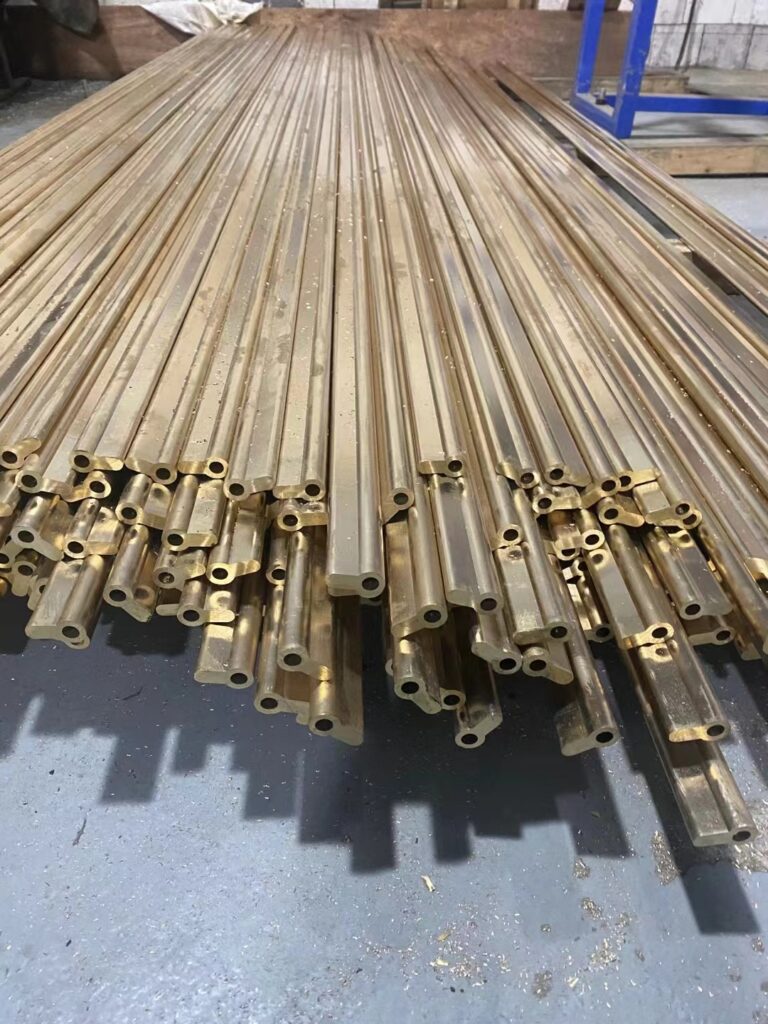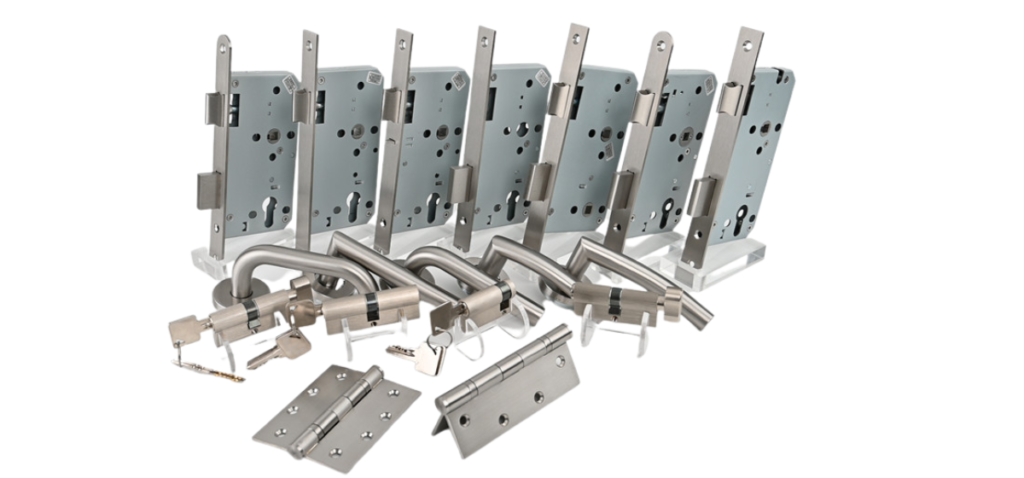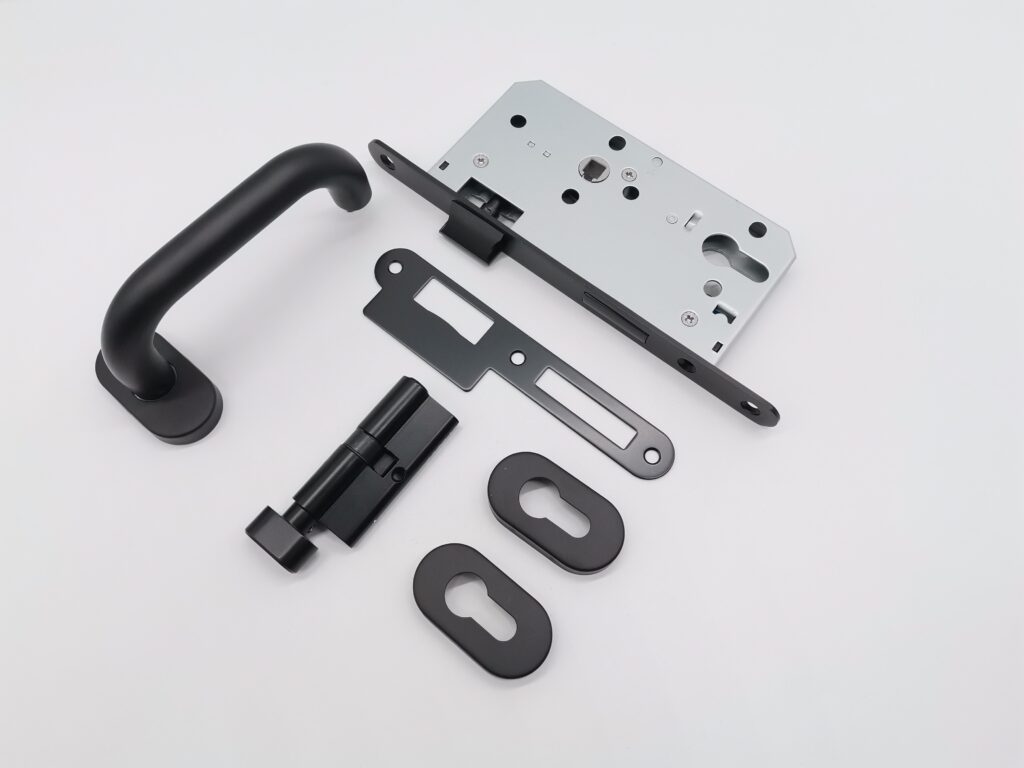Fire-rated doors are a critical component of building safety, designed to compartmentalize fire and smoke, thereby limiting the spread of flames and allowing occupants to evacuate safely. However, the efficacy of these doors depends significantly on the hardware that supports their operation. This blog will delve into the prerequisites for fire-rated door hardware, ensuring compliance with safety standards and optimal performance during emergencies.
Understanding Fire-Rated Doors and Hardware
What is a Fire-Rated Door? A fire-rated door is a specially designed and certified door that can withstand fire and high temperatures for a specified duration, typically ranging from 20 minutes to 3 hours. These doors are commonly used in commercial buildings, hospitals, schools, and industrial facilities.
What is Fire-Rated Door Hardware? Fire-rated door hardware includes all the components required to install, operate, and maintain the door, such as hinges, locks, closers, handles, and exit devices. These components must also be fire-rated and meet stringent safety standards.

Prerequisites for Fire-Rated Door Hardware
1. Compliance with Standards and Certifications
The first and foremost requirement for fire-rated door hardware is compliance with relevant standards and certifications. Some key standards include:
- ANSI/BHMA Standards: Ensure durability and performance of door hardware.
- EN 1634 (European Standard): Governs fire resistance testing for doors and shutter assemblies.
Ensure that the hardware carries certification labels from recognized testing organizations like Intertek.
2. Material and Durability
The materials used in fire-rated hardware must withstand extreme heat and pressure. Commonly used materials include:
- Steel: Offers high strength and heat resistance.
- Stainless Steel: Provides corrosion resistance along with heat endurance.
- Bronze or Brass: Often used for decorative yet durable applications.
Durability testing should also confirm the hardware’s ability to perform reliably over time.


3. Compatibility with Door Assembly
The hardware must be compatible with the fire-rated door assembly. This includes:
- Size and Weight: Hinges, locks, and handles must support the size and weight of the door.
- Fire Rating Match: Hardware must match or exceed the door’s fire rating.
- Surface and Installation Type: Ensure proper alignment with the door’s construction (wood, steel, or composite).

4. Ease of Operation During Emergencies
Fire-rated hardware must enable easy and safe egress during emergencies. Key considerations include:
- Panic Bars and Exit Devices: Must allow quick, unimpeded exit without requiring keys or tools.
- Self-Closing Mechanisms: Ensure the door closes automatically after being opened.
- Fail-Safe Features: Electrified hardware should default to a safe state (open or locked) during power failures.
5. Proper Installation
Improper installation can render fire-rated hardware ineffective. Installation should be performed by certified professionals, adhering to manufacturer guidelines and industry standards. Key points include:
- Alignment: Ensuring all components are properly aligned to avoid operational issues.
- Secure Fastening: Using fire-rated screws and anchors.
- Testing Post-Installation: Verifying functionality and compliance.
6. Periodic Maintenance and Inspection
Fire-rated door hardware requires regular maintenance to ensure it remains functional. Inspections should include:
- Operational Checks: Verify locks, closers, and hinges work correctly.
- Seal Integrity: Ensure intumescent seals are intact.
- Lubrication: Prevent wear and tear on moving parts.
- Certification Labels: Check that all labels are legible and intact.

Common Fire-Rated Hardware Components

Hinges:
- Must be fire-rated and capable of withstanding high temperatures without deformation.
- Ball-bearing hinges are often preferred for heavy fire-rated doors.
Locks and Latches:
- Should be CE and designed for fire resistance.
- Mortise locks is common choice.


Lever handle:
- Lever handles are crucial for fire-rated doors as they provide ease of use and accessibility, particularly in emergency situations.
- These handles must be constructed from fire-resistant materials to ensure they maintain their integrity under high temperatures.
Conclusion
Fire-rated door hardware is a cornerstone of building safety, ensuring that fire-rated doors perform their intended function during emergencies. By adhering to the prerequisites outlined above, including compliance with standards, proper installation, and regular maintenance, building owners and managers can significantly enhance the safety and security of their facilities. Remember, the integrity of a fire-rated door depends as much on its hardware as on the door itself. Prioritize quality, compliance, and periodic inspections to stay prepared and protected.

